Jordan Henderson will miss the rest of the season with a knee injury, and faces a fight to return for the start of the next. But what is the lowdown on the captain’s layoff?
Liverpool’s 3-1 win at Brighton on July 8 came with an extra added cost as Henderson limped off the pitch after suffering an apparent left knee injury in the 79th minute.
The hardworking midfielder has officially been ruled out for the rest of the Premier League season.
Moving forward, two key questions remain: will Henderson be fit for the start of next season, and does his injury carry any impact moving forward?
To explain that, we first have to begin with the injury itself.
What’s the injury?
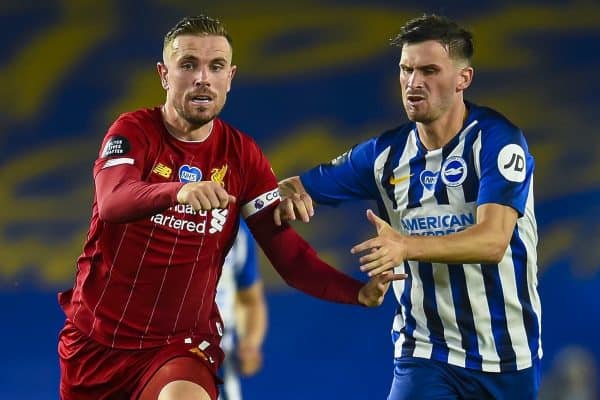
Mechanism of injury
Henderson’s left knee dropped inwards (medially) after taking direct contact on the outside (laterally), known as a valgus force.
This is the prototypical mechanism for damage to the medial collateral ligament (MCL), often called an MCL sprain or MCL tear.
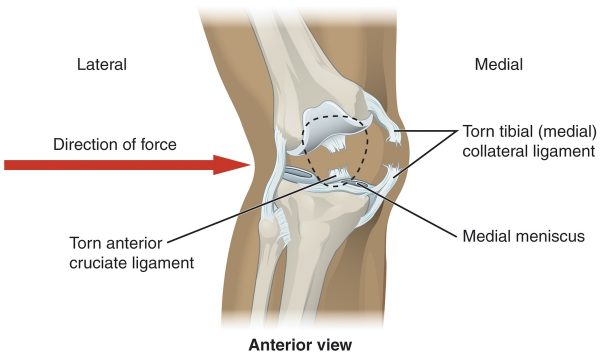
The MCL is the major knee-stabilising ligament that sits on the medial (inside) aspect of the knee.
You can think of it like a rubber band that stretches under stress. However, excessive force results in tearing of the ligament fibres.
When will Henderson be back?
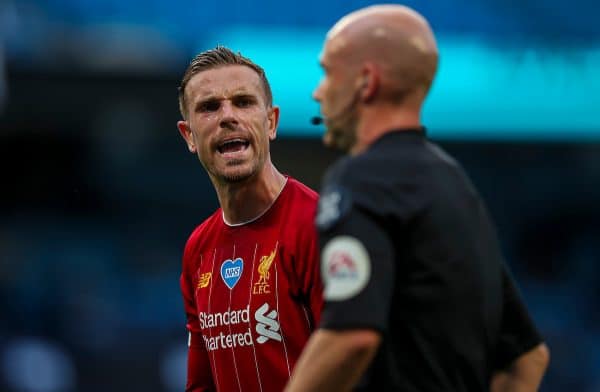
Severity dependent
Jurgen Klopp—who actually has a degree in sports science, which helps explain his relatively astute medical takes—commented that Henderson’s injury is “the best possible of all the bad news…it is a knee injury but no surgery needed.”
The plan of care not requiring surgery is an indicator that the 30-year-old likely has an isolated MCL tear without significant concomitant damage to the ACL or meniscus.
Further, the fact that Henderson has already been ruled out for the final games of the season gives us clues as to the severity of the injury.
If in fact an MCL tear, it’s very likely at least a grade 2 injury.
However, it could also be a grade 3 MCL rupture because those are very rarely operated on due to their excellent blood supply and thus healing ability.

Return to play (RTP)
The former—a grade 2 tear—comes with a return-to-play timeline of roughly one month for elite footballers according to high-level research done over three years.
Whereas a grade 3 rupture can be upwards of eight weeks, which would mean a race for fitness with the 2020/21 season expected to begin on the weekend of September 12.
Will this affect Henderson on the pitch?

Regardless of grade 2 or 3 MCL injury, the overall outcomes are excellent with appropriate return-to-play physio and ongoing strength and conditioning. Feel free to breathe now.
There is some research showing a grade 3 MCL injury may result in increased re-injury risk, but the jury is still out on that.
Overall, an MCL injury is relatively minor on the knee ligament injury scale.
And although there’s a possibility Henderson misses the opener for next season, he should be just fine with the guidance and oversight of the excellent Liverpool medical and training staff.
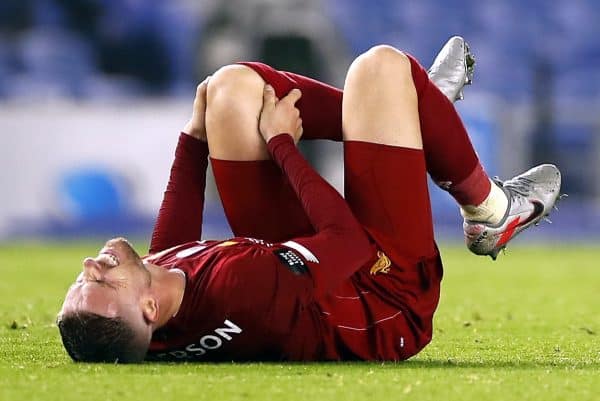


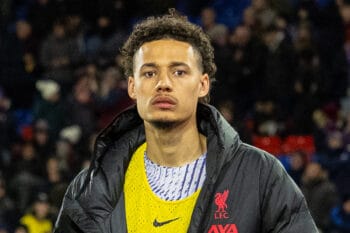
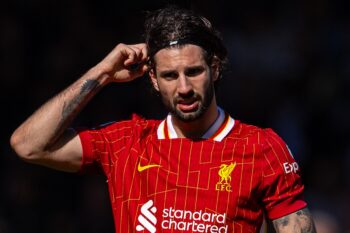


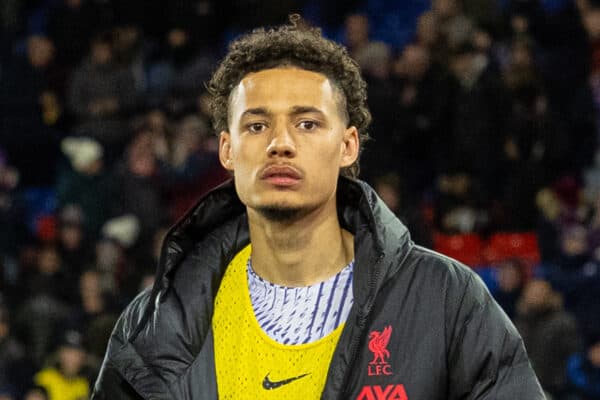


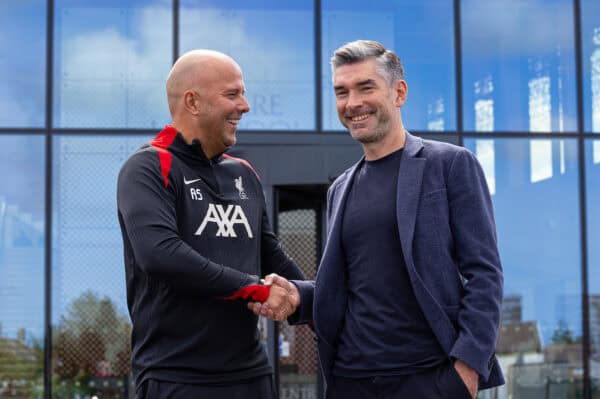
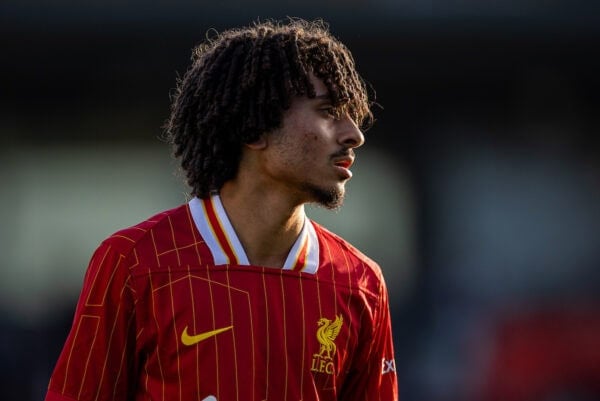




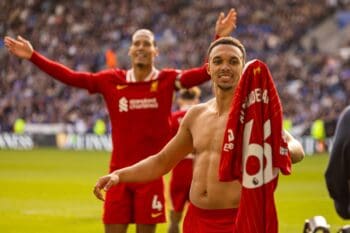

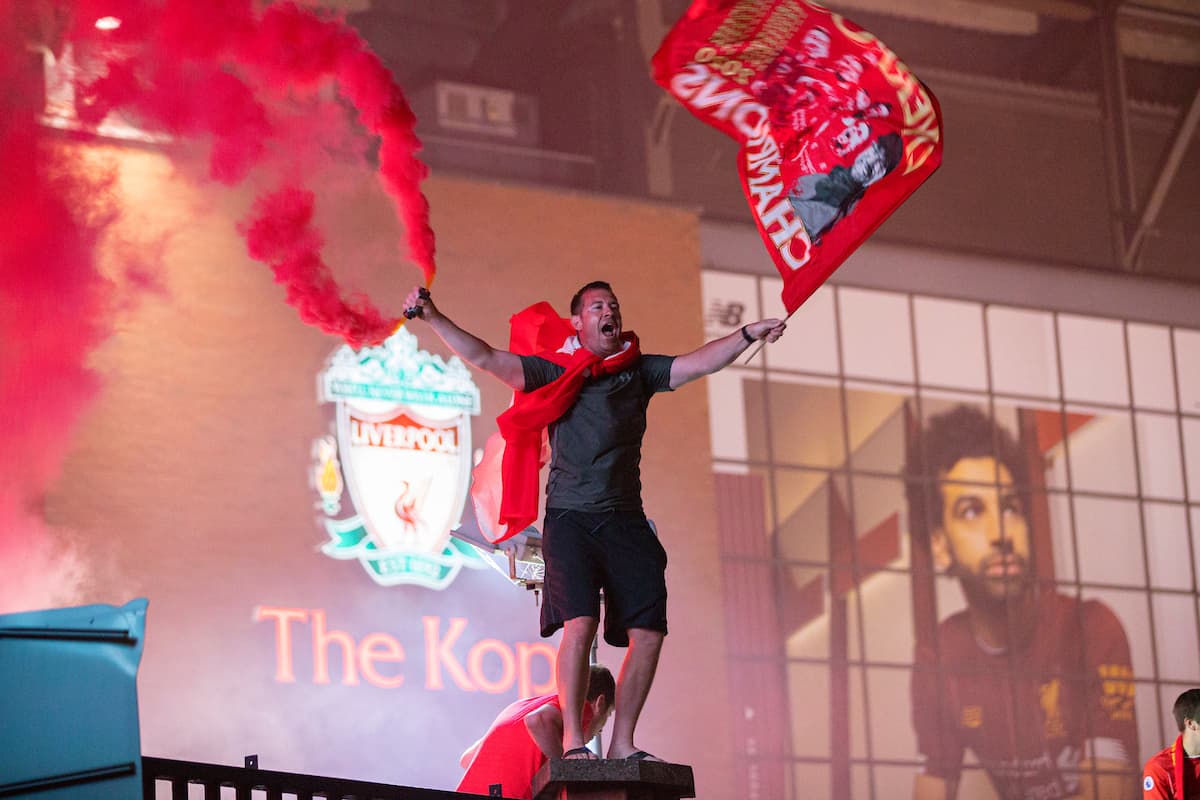
Fan Comments